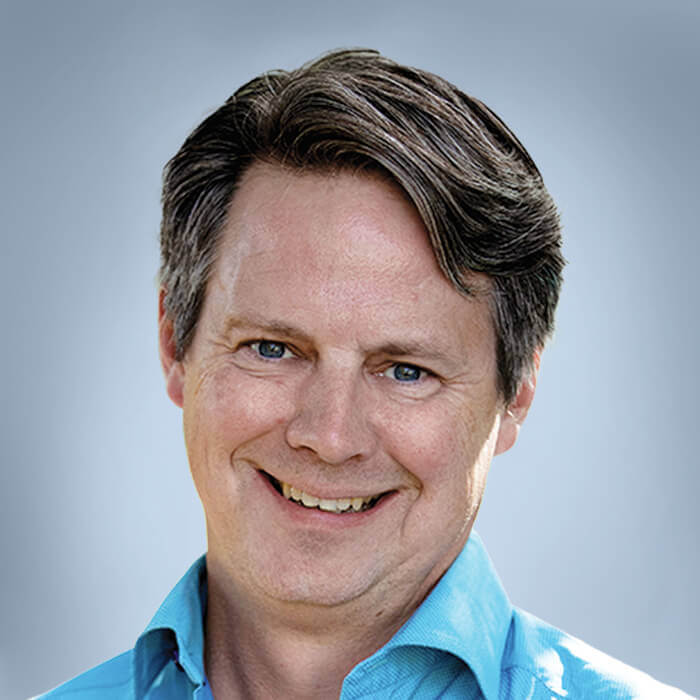We sat down with Laurence Lien, one of the leaders of philanthropy and social impact in Southeast Asia. Laurence is the Co-Chairman and CEO of the Asia Philanthropy Circle, a Singapore-based membership platform for Asian philanthropists to jointly grow the impact of their philanthropy and to catalyze an Asian philanthropy.
Laurence is also the Chairman of Lien Foundation, a family foundation established in 1980. Under his leadership, Lien Foundation has become well-regarded for its forward-thinking and radical approach in the fields of education, eldercare, and the environment.
Laurence was the CEO of the National Volunteer & Philanthropy Centre in Singapore from 2008-2014. In 2008, he founded the Community Foundation of Singapore and was its chairman from 2013-2019. He is also a board member of the Lien Centre for Social Innovation at the Singapore Management University. He was a Nominated Member of Parliament in Singapore from 2012-2014.
In Part 1 of the interview, Laurence shares insights from his experience running the Lien Foundation and Asia Philanthropy Circle. We also touch on how philanthropy in the region is responding to global issues, such as the UN Sustainable Development Goals (SDGs).
In Part 2 (to be published Wednesday), Laurence talks about the role of philanthropy in responding to COVID-19, some of the challenges he sees with social entrepreneurship, as well as where he sees philanthropy going in Asia in the coming years.
Laurence is incredibly knowledgeable and generous in sharing what he has learned from being on the frontlines of philanthropy in one of the world’s most dynamic and rapidly evolving regions. I learned a great deal from our conversation and I hope you will too!
Q&A with Laurence Lien, CEO of Asia Philanthropy
The Lien family has been a leader in philanthropy for decades through a time of incredible change and economic growth across Asia. How has philanthropy in the region evolved over the last 20 years?
It is a little hard to talk about Asia in general because Asia is extremely diverse, although I’ll generalize here, do note that there are a lot of dissimilarities—I’m just talking about some of the trends that are emerging.
If you are a little familiar with the Lien Foundation, I think you see that we have been considered pretty progressive in the way that we approach philanthropy, treating philanthropy capital as essentially risk capital. Doing a lot of innovation and a lot of experiments, trying to inform the field as well as policy.
However, the bulk of philanthropy in Asia is not like this. Today it’s still quite traditional, and a lot of it is through corporate giving, with a focus on gaining a good reputation in the market, fulfilling a societal obligation, and so on. Traditional philanthropy is mostly in education, healthcare, and poverty alleviation.
But what we see is that it’s changing. Some of it is very much generational shifts: the next generation cares more about impact rather than reputation and legacy. They want to really see where the dollar is making a difference and be convinced about the impact. The new generation of philanthropists are looking at more global issues like climate change, existential risks, and maybe even what you might consider fringe areas like arts and culture.
I guess the way they think about their philanthropy and do their philanthropy is different. More traditional philanthropists would say, ‘I just write a check and I don’t listen to any advice. Because I make my own money, I know how to spend it and give it away.’ I guess the newer generation, myself included, we have professionalized philanthropy, we rely on experts, we collaborate with others.
We [Lien Foundation] are more interested in a systems-based approach and not just tackling just one beneficiary at a time. We want to get to the root cause of the issue and solve it once and for all, but bearing in mind that these are very difficult issues to do and therefore you need a collaborative spirit to do that. That was in fact a lot of the inspiration behind the Asia Philanthropy Circle.
Tell me a bit about your organization. What is the vision for the Asia Philanthropy Circle? How does the organization engage with philanthropists from across the region?
We had a thesis that philanthropy is growing in the region but that a lot of the philanthropists that have been doing this for a long time are dissatisfied with the impact. And if you see how they’ve been doing it, it’s no wonder why they feel that way. A lot of philanthropy is very fragmented, people are reinventing the wheel making the same mistakes, and not tackling problems at scale. And quite often philanthropy is tackling the most complex issues because otherwise business and government would have solved the problems, so tackling complex problems on their own—it’s no wonder that they are not succeeding.
We formed the Circle because we wanted to put philanthropists into a network where they can exchange best practices, learn from one another, and connect with experts in the field. It’s a membership-based platform that includes the best-in-class interventions and actions from all around the world, not just Asia.
While most philanthropists are still focused locally, we encourage our philanthropists to learn and work with others on a global basis. It doesn’t matter whether you’re tackling malnutrition in Africa or Indonesia, the best practice in dealing with that is not going to be so dissimilar that you have to completely reinvent the wheel. So that is what we are set up to do.
Obviously, we want to raise the profile of philanthropy as well as tell people what philanthropists can do to accelerate progress, but we want to do this through increasing the impact of our members as well as helping them collaborate together on projects. There’s a strong peer-to-peer element in this but what I think differentiates us is that we don’t just talk; we are very intentional in catalyzing action. So, we have collaborative projects in multiple countries and each project has two or more of our members involved.
We also engage other funders and quite often government is involved because the best way to scale and to exit is still through government. We don’t have the power of taxation that governments do. Government is not always on your side but you must give it a chance. Because if governments can scale, you can do it quite quickly, quite often on a national basis. In much bigger countries it can be smaller communities but even local governments taking it on for a province has a significant impact.
Traditionally, philanthropy in Asia has heavily focused on education and health. With Asia playing a growing leadership role on the global stage, how do you see philanthropy in the region engaging on global issues, such as the SDGs and climate change?
I think it depends on the country, some countries use SDG language on a regular basis and they are very well liked. An example would be Indonesia, they even have a planning minister who is in charge of driving SDGs. But in other contexts, like in Singapore, it’s hardly ever used. So it does depend on the country but increasingly, among philanthropists, what has been useful is that it’s becoming a common language for philanthropists to use. In our office, we have a large chart that shows all of our members on one side and all the SDGs on the other. Whoever is interested in a particular SDG is all shaded, you can see at a glance which other member is interested in the same area that you’re interested in.
We find it helpful to organize our thoughts around it. Our members and directories are all organized on what SDGs our members are interested in. So, it’s easier to find members and when we drill down to a particular SDG we look at the specific targets for each one and really focus on which target are we drilling deep on. Each SDG is quite broad still, especially ones like quality education: which aspect of it are we really looking at and who is doing what? So, it’s been very helpful as far as organizing our thoughts. It’s an increasingly common language but these things will take a little time before everyone uses it and practices it.


